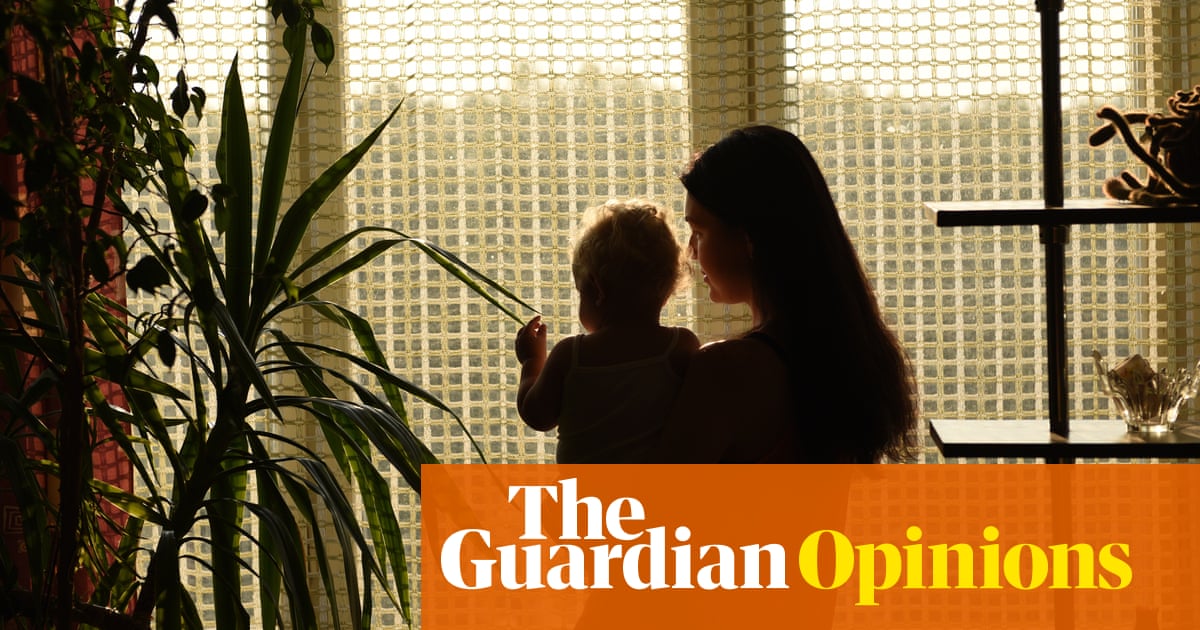Great timing! For those who are finding the second season of The Last of Us too upbeat, too optimistic, just too damn cheerful, here comes The Handmaid’s Tale, returning for a final run of utter despair and soul-destroying misery. The Emmy-winning take on Margaret Atwood’s novel is back for a sixth and last season, having remarkably stretched out the first novel from a semi-faithful adaptation into a sprawling dystopian hellhole that never lets anyone win.
I find it one of the most frustrating series on television. It is well made, well acted and sits on the foundations of important conversations, particularly as the western world continues its steady turn towards authoritarianism. The first season’s most unforgettable scene is the one in which, prior to being forced into a life of reproductive servitude, June (Elisabeth Moss) and Moira (Samira Wiley) attend a protest, marching against the removal of women’s rights to their own finances. To an eerie remix of Blondie’s Heart of Glass, the soldiers begin to beat those at the front, before turning their guns on the civilians. Just as the novel is rooted only in acts of violence, corruption and autocracy that had already taken place, the show was a compelling horror because it offered a vision of a near-future that seemed, or seems, ever closer.
Yet as it continues to make the story go far beyond the novel, it has fallen into a maddening spiral. Every season, June liberates herself from the barbarism of Gilead and the Sons of Jacob, then chooses to return to that world to avenge some new or lingering personal injustice. Similarly, Serena Joy (an excellent Yvonne Strahovski) is allowed to develop complexities – has she been brainwashed by her own trad-wife propaganda, or is she still a political operator so shrewd that she has everyone dancing to her own tune? – but then is simply returned to where she began.

In the first episode of season six, the series seems to have recognised its own circularity. It has a growing tendency to throw its cast in the air and scatter them freely, and while some subplots feel as if they have earned their place (the colonies, the trauma of refugees), others are struggling to find a purpose. But this opener suggests it knows it is time for a reset, and does so not by making the story bigger, but by making it more focused, to a near-theatrical degree. Most of the episode is set on the train transporting refugees out of an increasingly hostile Canada, to one of the last remaining outposts of the United States. Canada has decided to capitulate to the strength of Gilead, in part due to some profitable trade agreements, and wishes to improve relations with its autocratic neighbour.
These attempts at normalising the abhorrent are the show’s most astute thread. Simultaneously, Gilead is attempting to smooth the edges of its own religious extremism by remaking its image with a more feminine touch: New Bethlehem is a place where Gilead’s refugees can return and live under a softer version of the same regime.
The show is not big on subtleties: when characters, particularly women, dare to dream of hope, they do so under sunlight, in nature, surrounded by birdsong. When the bad men of Gilead perform their political manoeuvres, it’s over cigarettes, by the dim light of an open fire, in a room lined with dark wallpaper. The angel and the devil are on the shoulders of the World of Interiors magazine.
On the train, Serena Joy and June, the former commander’s wife and her former handmaid, assess their new situations. They both have small children; Serena, in particular, thinks they share a twisted bond, and perhaps they do. Mothers have always been a big theme here, and they become even more prominent as it begins to bow out. To watch these two women examining each other, animal-like, as each tries to figure out the other’s motives, suggests that, at last, the show has ripped up its bleakly repetitive template.
Then along comes the second episode, and unsurprisingly, it snaps back to more familiar ground. As I say, it’s well made and well acted, and something about its horrors clearly keeps viewers coming back for more. But don’t expect any radical departure from what it has always done, which is bludgeon hope to death. Happy viewing!

.png) 6 hours ago
4
6 hours ago
4













































